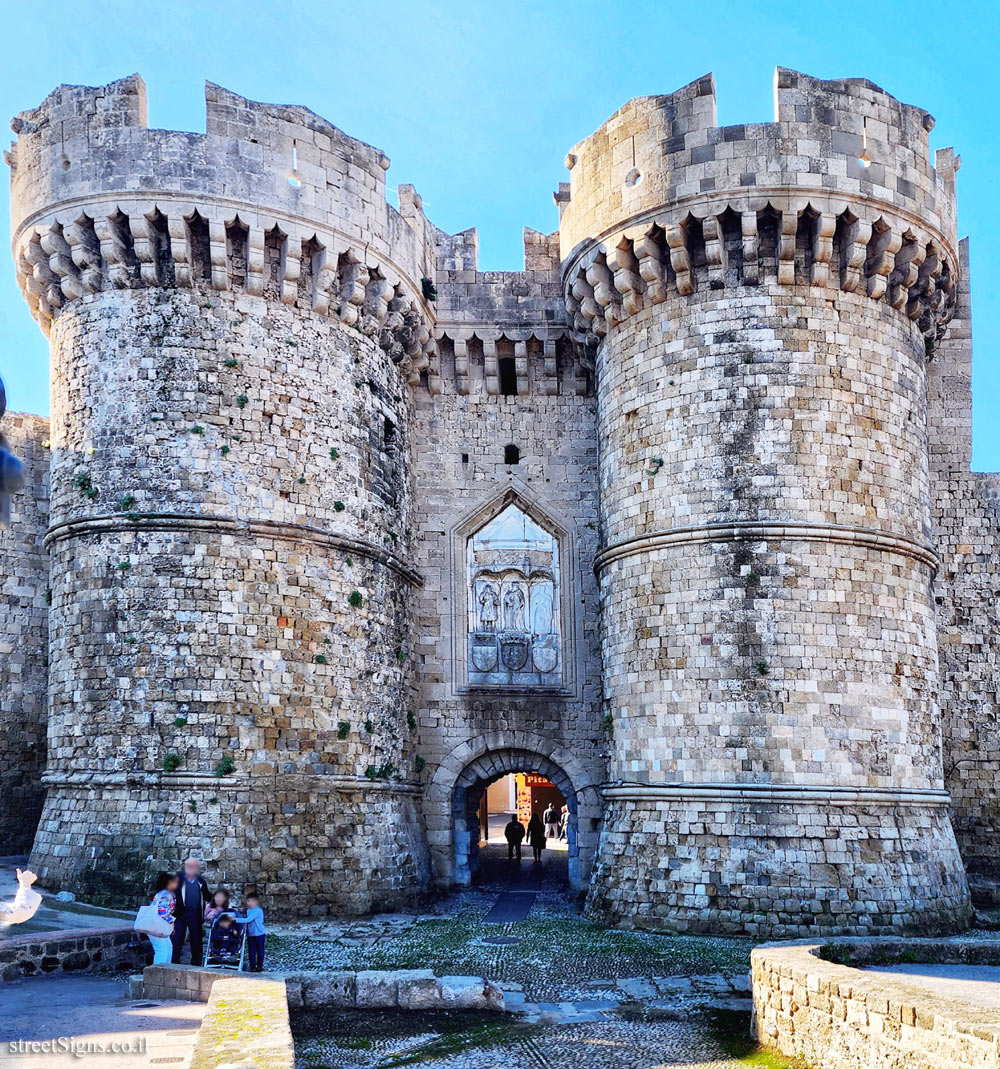
The ultimate street signs, historical sites and house numbers
 Click for a larger image
Click for a larger image  Click for a larger image
Click for a larger image  Click for a larger image
Click for a larger image  Click for all signs belonging to World Heritage Sites
Click for all signs belonging to World Heritage Sites
 738.07 Km |
738.07 Km |  767.95 Km |
767.95 Km |  773.76 Km |
773.76 Km |  954.04 Km |
954.04 Km |  1173.47 Km
1173.47 Km